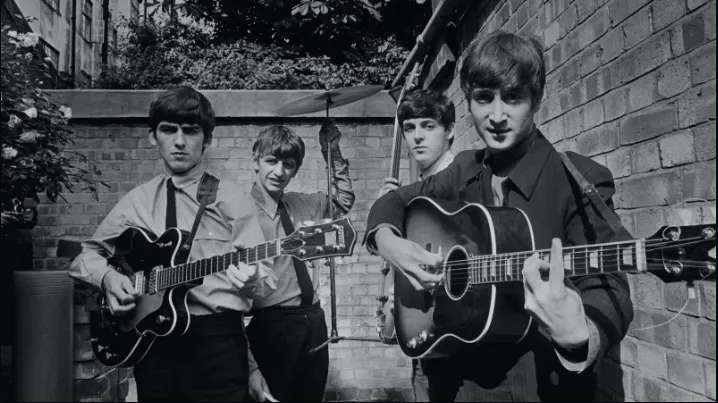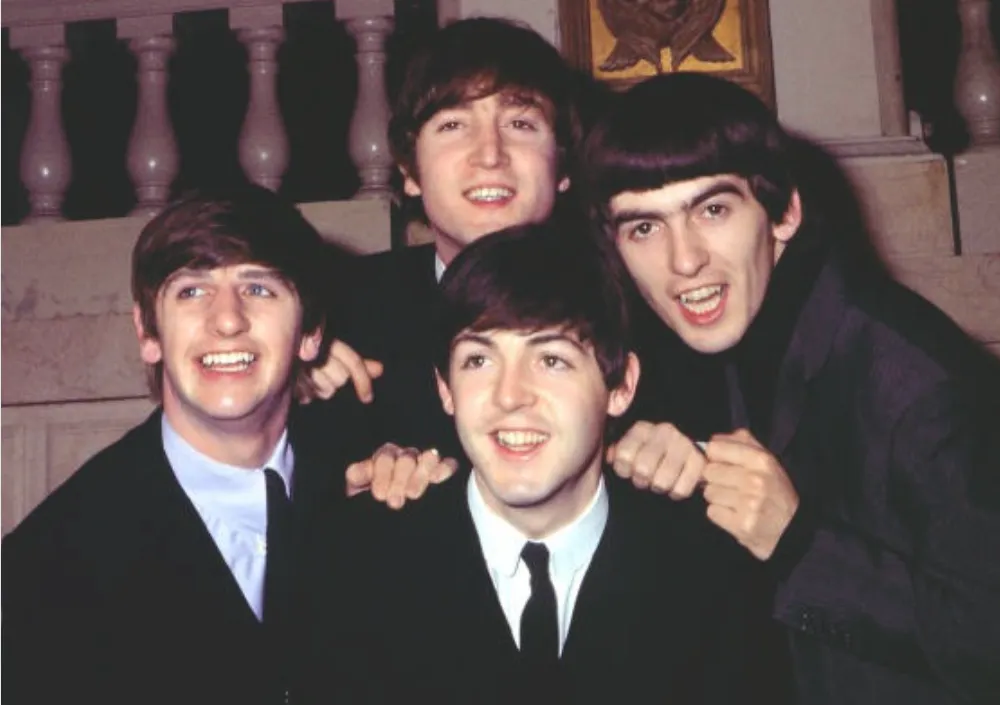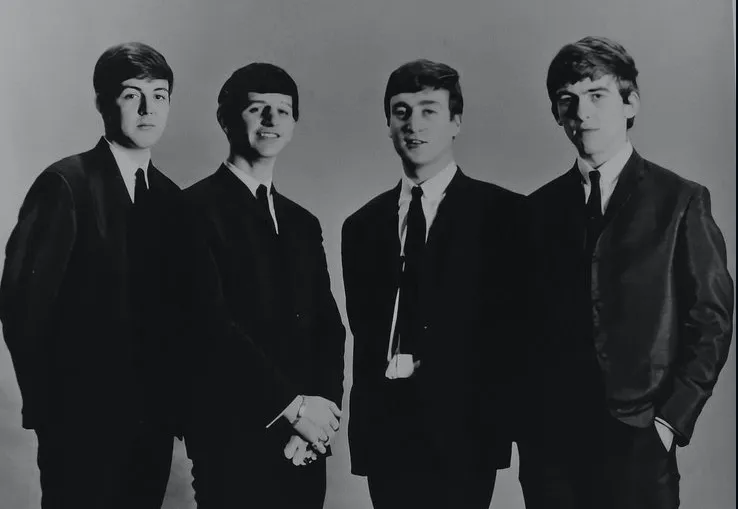In the annals of rock history, few albums can claim to have had as profound an impact as "Help!" by The Beatles.
Released in 1965, the album and its lead single encapsulated the essence of Beatlemania while marking a significant transition in the band’s musical journey. But just how popular was "Help!" by The Beatles?
The Beatles at a Crossroads
By 1965, The Beatles were already an international sensation. They had revolutionized popular music with their harmonies, innovative compositions, and infectious charisma. However, the relentless pace of their rise to fame began taking a toll.
It was during this period of unparalleled success and growing personal challenges that John Lennon penned the song "Help!" Lennon later confessed in interviews that the song was a genuine cry for assistance, reflecting his deep sense of vulnerability and isolation despite the band’s fame.
The title track, "Help!", delivered with Lennon’s plaintive urgency and the band's impeccable harmonizing, set the tone for the album. The track resonated with fans, transcending mere pop song status to become an anthem for the trials and triumphs of youth in the 1960s.
Recording and Release

The "Help!" album sessions were marked by a burst of creativity and diversity. Recorded at EMI Studios in London, primarily between February and June 1965, the album saw The Beatles experimenting with new sounds and instruments.
George Harrison’s introduction of the electric 12-string guitar on tracks like "Ticket to Ride" added depth and complexity to their sound, while their growing interest in folk rock, influenced by Bob Dylan, began to surface in tracks like "You’ve Got to Hide Your Love Away."
Released on August 6, 1965, in the UK and August 13 in the US, "Help!" was eagerly anticipated.
The album cover for "Help!" by The Beatles featured the band members standing in a line, each holding out their arms in semaphore-like poses.
While often mistaken for signaling the word "help," their positions actually spelled out "N-U-J-V" in maritime flag semaphore, chosen more for its aesthetic appeal than its linguistic accuracy.
Chart-Topping Success
From its release, "Help!" was met with unparalleled success. In the UK, the album hit No. 1 on the charts and remained there for nine consecutive weeks, eventually securing its place for a total of thirty-nine weeks. Across the Atlantic, the US response was equally enthusiastic.
The American version, differing slightly from the UK release by including incidental orchestral pieces from the "Help!" film in place of several non-soundtrack Beatles songs, also soared to the top of the charts, staying there for nine weeks.
The title track "Help!" was a chart-topping single, reaching No. 1 in multiple countries including the UK, US, Canada, and Australia.
Other singles from the album, such as "Ticket to Ride" and "Yesterday," also achieved phenomenal success, with "Yesterday" becoming one of the most covered songs in the history of recorded music.
A Film to Match

The album coincided with a movie of the same name, directed by Richard Lester. The Beatles’ second feature film, "Help!", was a madcap comedy adventure that further endeared the band to an international audience.
The film’s whimsical plot, vibrant locations, and the charisma of the Fab Four solidified their preeminence in popular culture.
The movie also showcased many hits from the album, blending narrative and music in a way that captivated audiences worldwide.
Critical Acclaim and Industry Impact
"Help!" was not only a commercial juggernaut but also a critical triumph. Critics lauded the album for its mature lyrics, sophisticated arrangements, and the seamless harmony between its members.
Songs like "Yesterday," which featured Paul McCartney’s plaintive vocal accompanied by a string quartet, were hailed as masterpieces, showcasing The Beatles’ ability to transcend the boundaries of pop music.
Moreover, "Help!" marked a departure from the more straightforward rock and roll of their earlier work, hinting at the experimental and introspective music that would come in their later albums like "Rubber Soul" and "Revolver."
This evolution didn't go unnoticed by their peers, influencing a whole generation of musicians and setting new benchmarks for album-oriented rock.
Cultural Phenomenon and Longstanding Legacy

The album "Help!" by The Beatles became a cultural milestone, influencing music, fashion, and even political activism.
The Beatles’ ability to capture the spirit of the times while pushing the envelope artistically made them torchbearers of a cultural revolution.
The images of The Beatles from "Help!" became icons in their own right, widely circulated on posters, magazine covers, and various forms of memorabilia.
The impact of "Help!" persists in contemporary media. Its tracks continue to be covered by artists across generations, and the album itself is frequently cited in discussions about the greatest albums of all time.
In 2012, "Help!" was ranked number 331 on Rolling Stone magazine's list of "The 500 Greatest Albums of All Time," a testament to its enduring appeal and importance.
A Closer Look at Specific Tracks
To fully appreciate the multifaceted appeal of "Help!", a closer look at some of its standout tracks is essential. "Ticket to Ride," with its innovative drum patterns and jangly guitar, exemplifies the album’s sonic experimentation.
"You’ve Got to Hide Your Love Away," with its Dylan-inspired acoustic simplicity and introspective lyrics, highlights a matured, reflective side of the band.
Then there's "Yesterday," often heralded as a pinnacle of songwriting. Its melancholic melody and simple, yet poignant lyrics struck a chord universally.
The song diverged significantly from The Beatles’ typical sound, featuring McCartney’s solo vocal accompanied by a string quartet instead of the band’s usual electric guitar, bass, and drums setting.
This track alone arguably marked the beginning of a new chapter in pop music, influencing artists and songwriters for decades.
An Album That Bridged Generations
Beyond its immediate success, "Help!" served as a bridge between generations. For the youth of the 1960s, it was a rallying cry encapsulating the spirit of their times.
For future generations, it became a touchstone that provided a window into the transformative power of music. Its accessibility and depth ensured that it remained relevant long after its initial release.
In schools and universities, "Help!" became a subject of study, emblematic of the sociopolitical undercurrents of the time and the evolution of modern music. Curiously, encounters with the album often leave an indelible impression—each listen revealing new layers of meaning and artistic brilliance.
The popularity of "Help!" by The Beatles was monumental, shaping not only the trajectory of their career but also the landscape of popular music.
The harmonies, lyrical depth, and innovative sounds encapsulated in the album made it a cornerstone of 1960s rock and roll. The global acclaim it received, backed by chart-topping success and critical praise, underscored the universal appeal of The Beatles’ music.
For the Jervis Family, exploring the phenomenon of "Help!" is more than just a musical journey; it’s a celebration of an album that transcends time, continuing to captivate and inspire. T
hrough its melodies, lyrics, and iconic album cover, "Help!" by The Beatles remains a testament to the enduring power of music to connect, uplift, and transform.



